Here's my setup, using Sprite Kit. First, I create a simple sprite node within a SKScene, like so:
let block = SKSpriteNode(color: UIColor.redColor(), size: CGSizeMake(90, 160))
block.zPosition = 2
block.shadowCastBitMask = 1
addChild(block)
Then add a light node to the scene:
let light = SKLightNode()
light.categoryBitMask = 1
light.falloff = 1
addChild(light)
Sure enough, the block now casts a nice little shadow:

Now I fade the block by manipulating its alpha value, for example by running an action:
let fadeOut = SKAction.fadeAlphaTo(0.0, duration: 5.0)
block.runAction(fadeOut)
Here's the awkward situation: while the block becomes more and more translucent, the shadow stays exactly the same. This is how it looks like just a moment before the end of the action:

And once the alpha drops to 0.0 entirely, the shadow suddenly disappears, from one frame to the next.
It would be much nicer, however, to have the shadow slowly become weaker and weaker, as the object casting it becomes more and more transparent.
Question:
Is an effect like this possible with Sprite Kit? If so, how would you go about it?